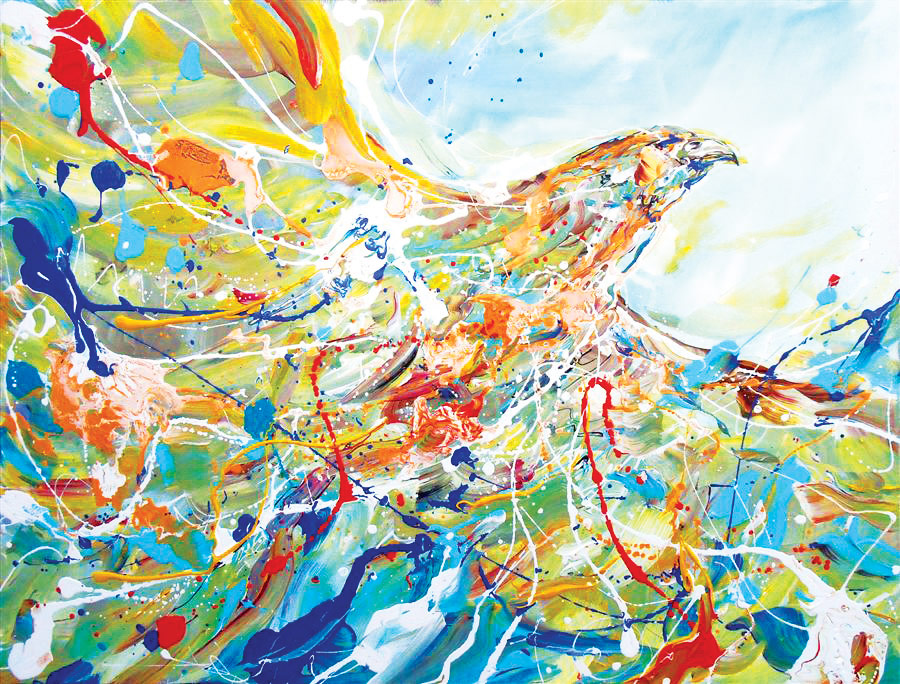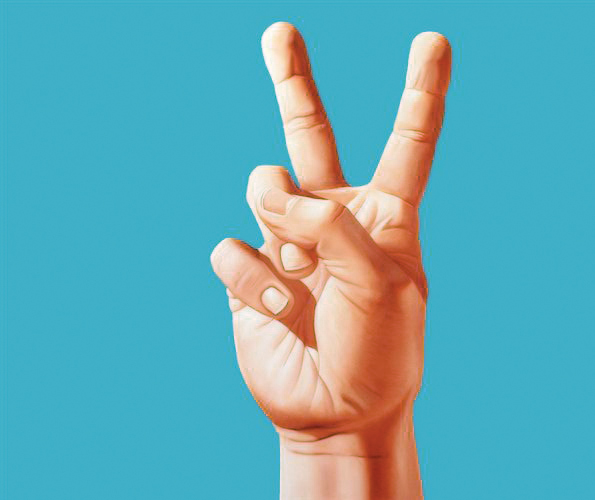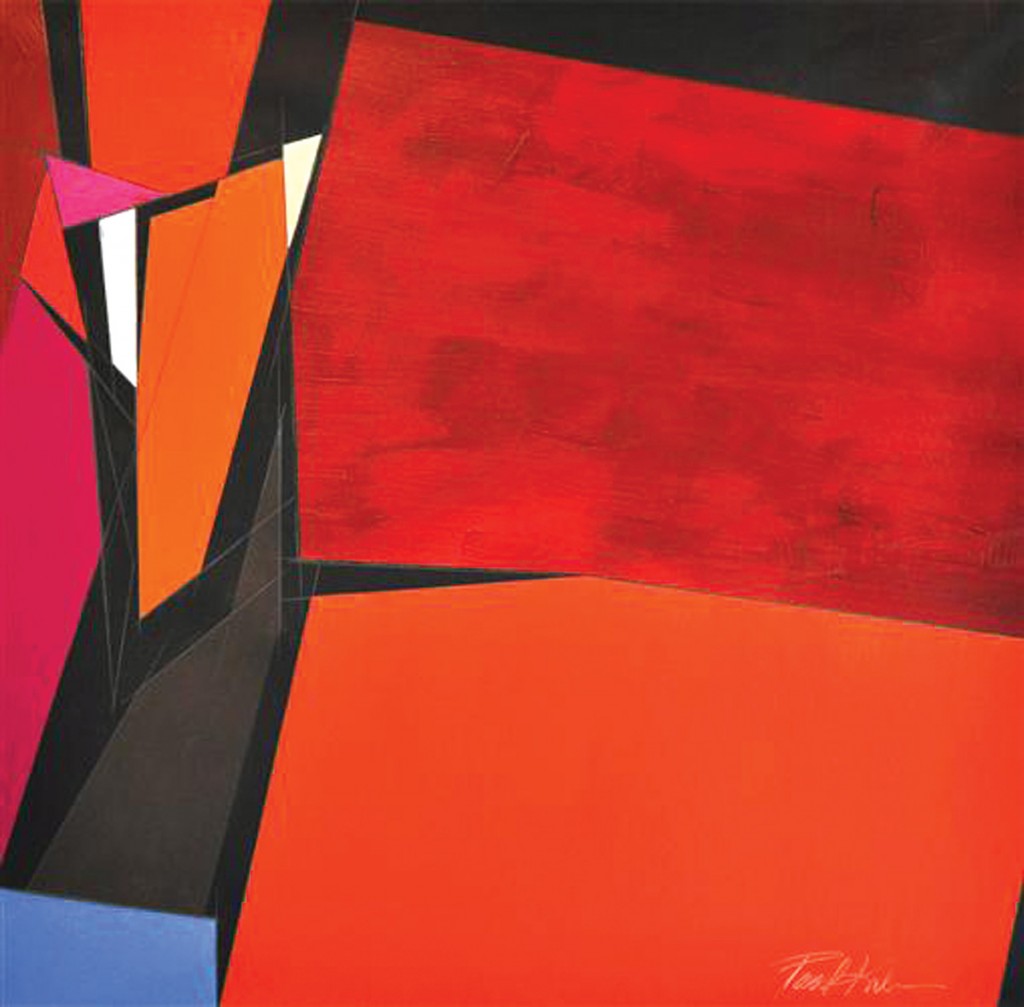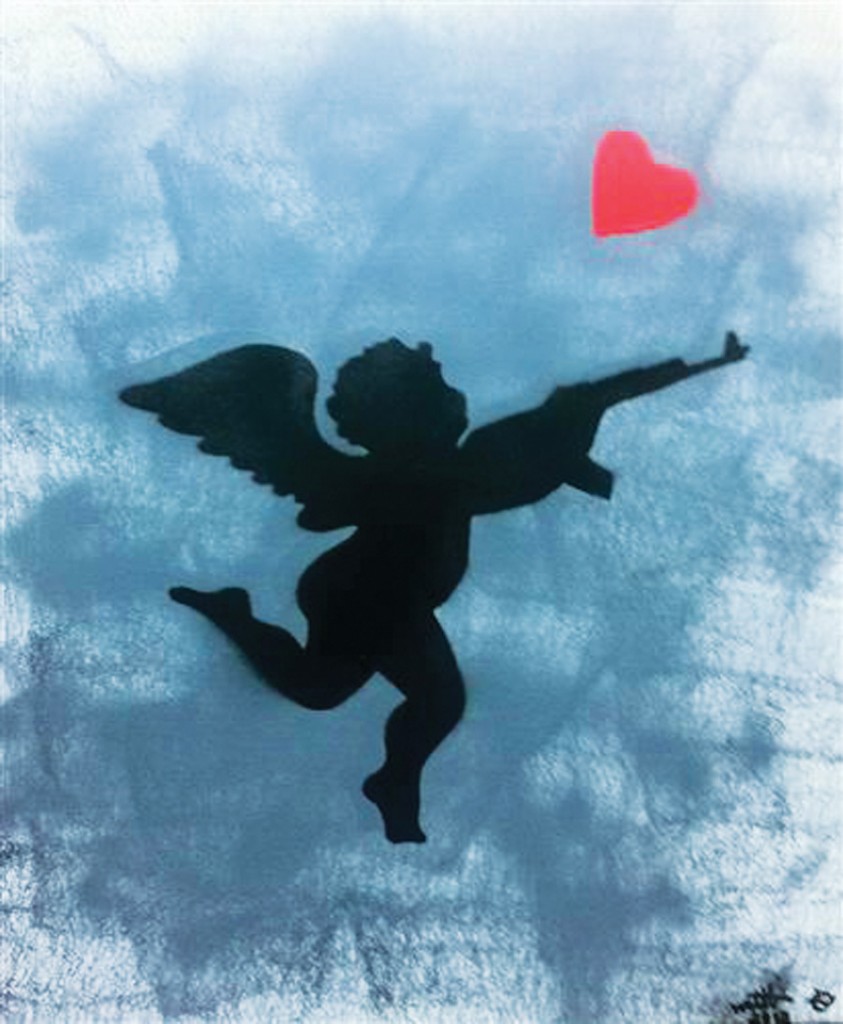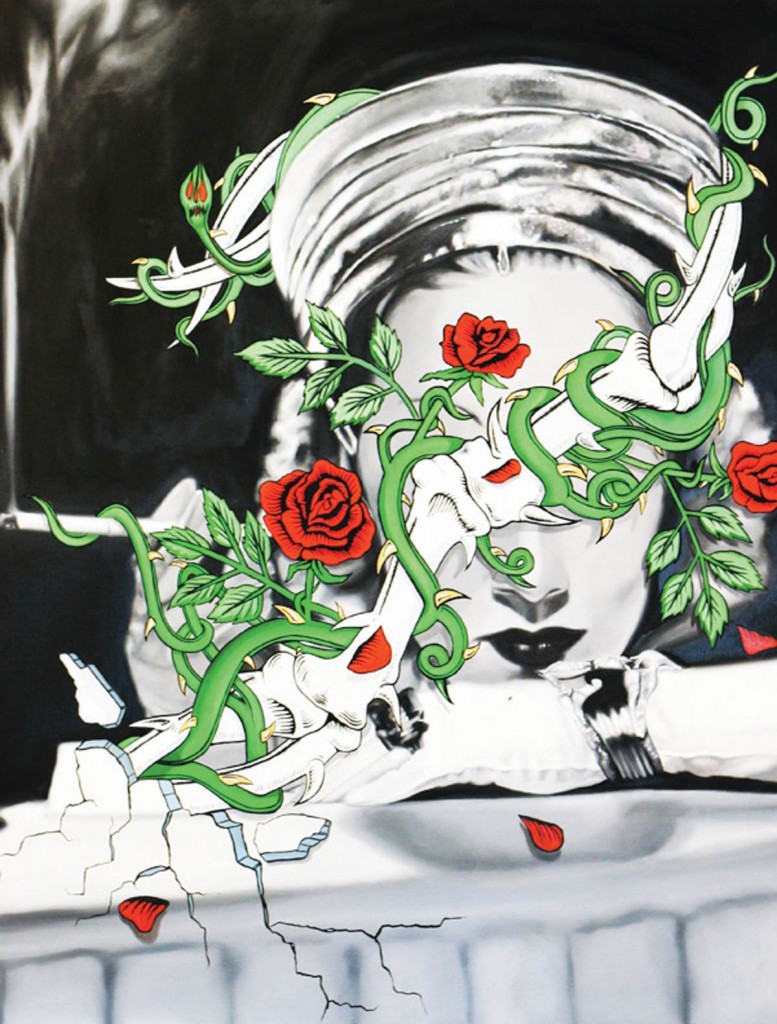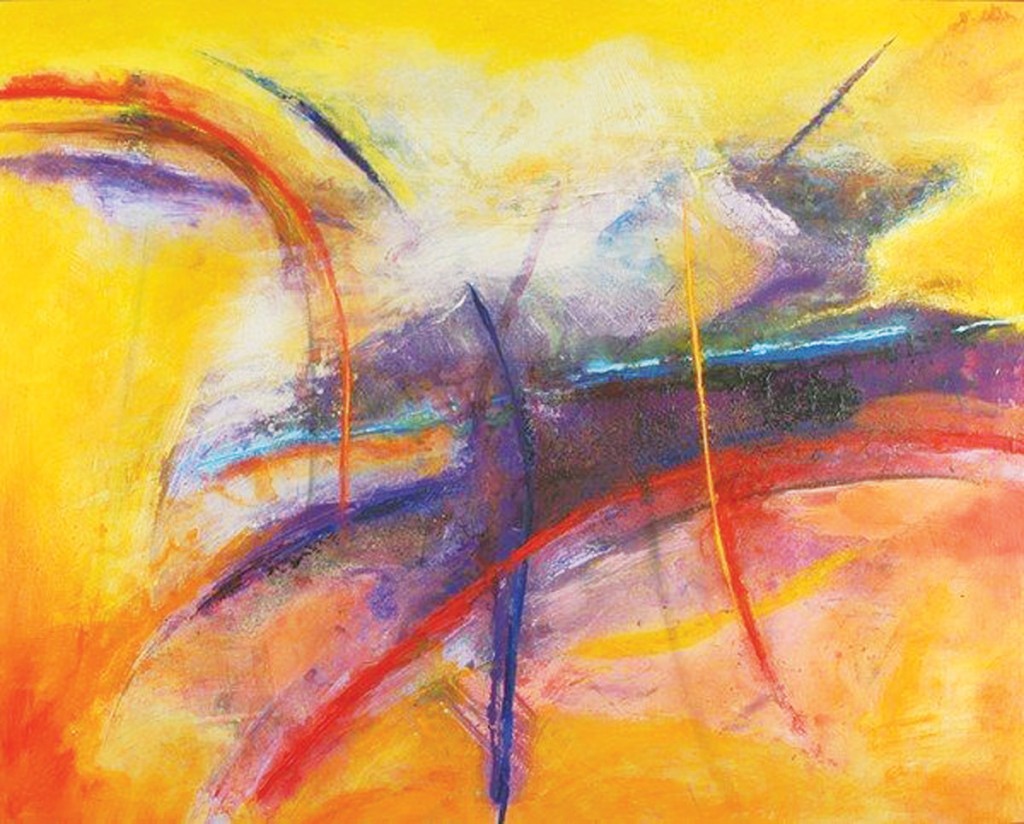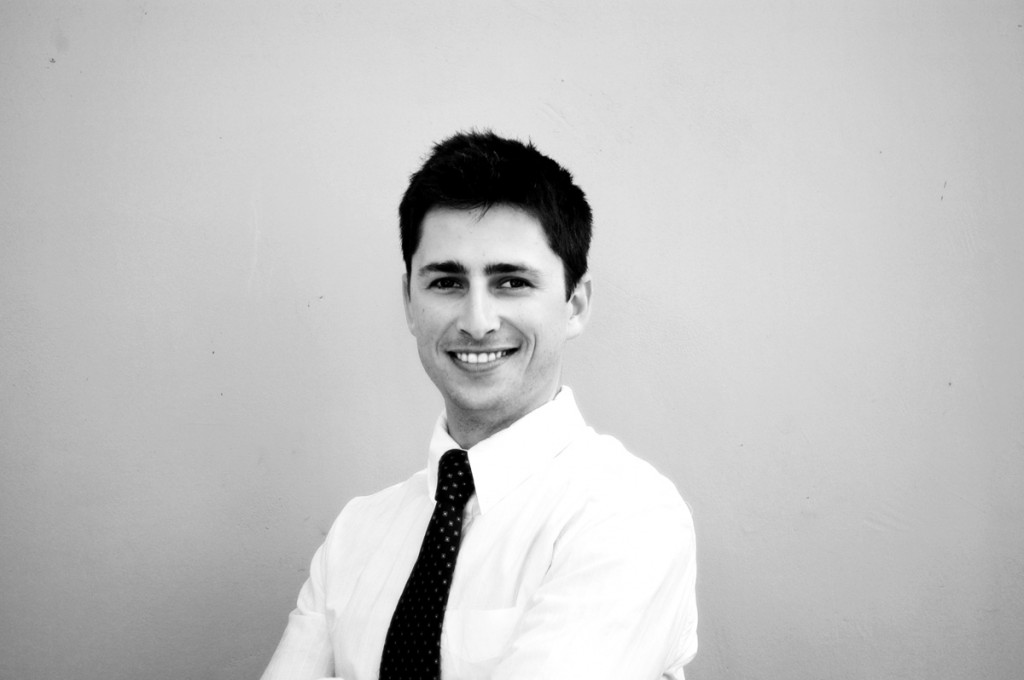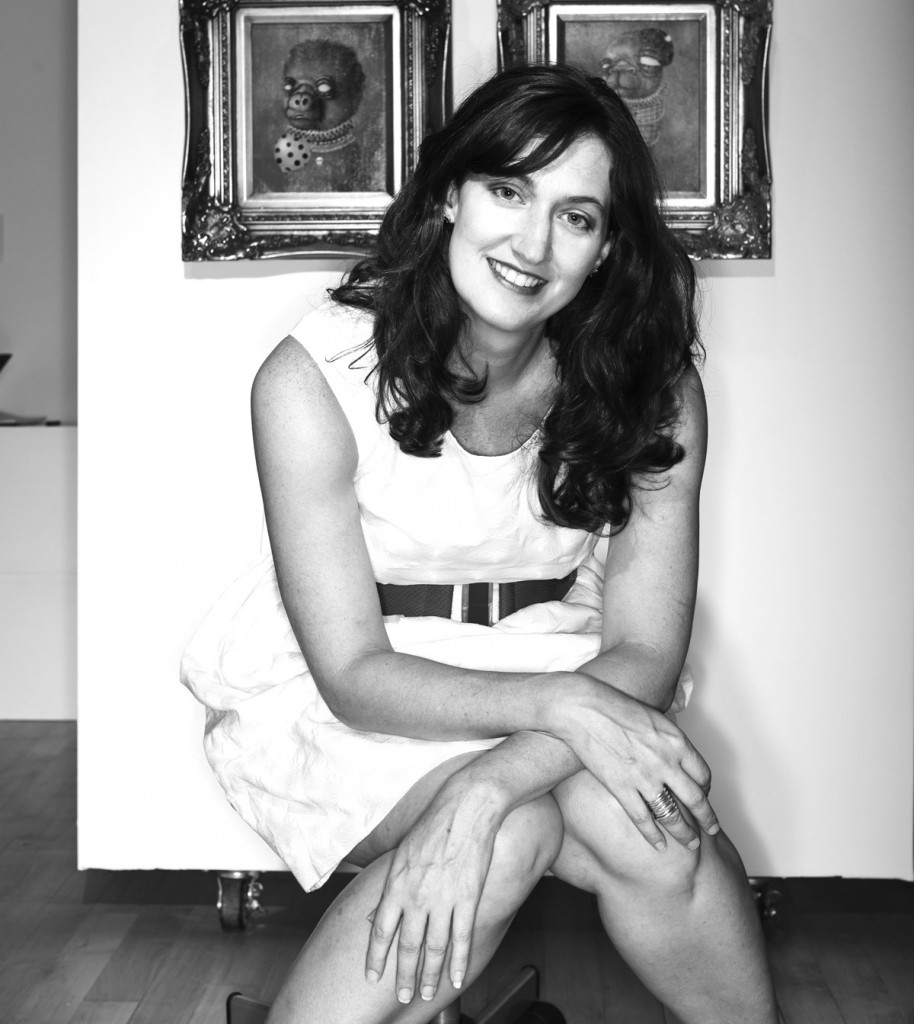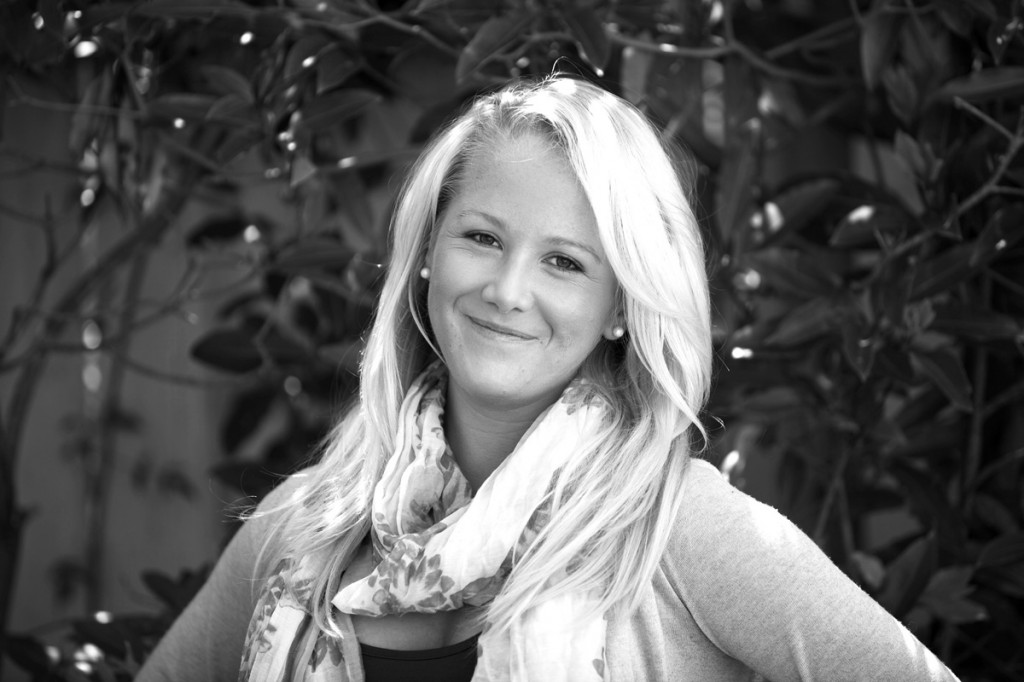The tides of the art market don’t just change with the seasons; they also change with the coastal locale. From the Bay Area to the Hamptons, from the islands of Hawaii to the Gulf Coast, three art dealers interpret the latest buying trends around the U.S.
Gulf Coast
Everything’s bigger in Texas, and Gulf Coast homeowners are gravitating toward art that’s larger than life—just like their real estate. “People are looking for bold statement art that will wow their visitors and command a room,” says Alex Farkas, co-founder and director of innovative online art marketplace UGallery, of this mature client base’s tastes. “Size and color often seem more important than subject matter. The art tends to be influenced by the surrounding landscape, and some pieces even skew toward conservative and religious themes.”
Sea Island, Georgia
It’s no accident that the art scene of the islands off Georgia’s coast is reflective of Southern charm and hospitality. “It’s comfort over design,” says Farkas. “While these areas aren’t defining the next wave of art culture, they’re big art consumers. People tend to gravitate toward traditional style and subject matter, like lots of landscapes and natural colors like rich greens and blues. The overall intent of the design is to create a comfortable and welcoming living space.” Summer Beach by Sara Sisun (Sea Island)[/caption]
Los Angeles
Los Angeles’s über-cool art scene pulls influence from everywhere, especially the allure of Hollywood and the city’s roots as a fashion Mecca. “The art tends to be highly staged and cinematic,” says Farkas. “A number of the most well-known contemporary Pop artists live in L.A., [and] some of the best photography we’re seeing right now is being shot in L.A.—the city seems to be a bridge between the established New York art world and San Francisco’s more ‘new world’ tastes. Los Angelenos are looking for a little bit of East Coast refinement and some of Northern California’s grit.”
Peace #4 by Al Jackson (LA)
Miami
In this established art city, look for Miami’s one-of-a-kind sense of personal expression and liveliness within the home, not just on the streets. “People are buying large, bold abstracts and seascapes with lots of metallic and jewel-toned colors,” Farkas says. “The art tends to be Pop, clean, and from more established artists. We see people in this area using art as a way to show sophistication. Miami is unique because it’s an area with money and style, but also with a certain relaxed culture. People have good taste but don’t seem to take themselves or their art too seriously.”
Abstract 9 by Paul Kirley
Malibu
Malibu’s artistic tendencies go beyond cutting-edge twists on art and photography, extending into architectural elements that might prove too daring for other areas of the country. “I’ve been seeing a lot of adapted photography and conceptual art, like that of Jason Paul Bennett’s hologram camera photography and Andy Cao,” says Malibu-based private art dealer and collector Jenny Hardy. “In addition, general architecture has taken a very artistic ‘anything goes’ homage to Hollywood. The design of the homes themselves, more often than not, proliferate what might be referred to elsewhere as unlivable visual eccentricities—or ‘classical progression’ to the maximum. Think: remote-sensing ‘werewolf security guard’ props, ‘air plants,’ and shabby-chic ancient imports, like worn sterling silverware melted for wall paint, courtesy of Marshall Lewis and Jens Holst.” San Francisco In the Bay Area, up-and-coming young professionals in Silicon Valley are buying their first artwork, which tends to skew toward light-hearted sensibilities—but even established cities are taking note. “The style reflects the city’s interest in DIY, street art, and more humorous and naïve work,” says Farkas. “The trend is influenced by young tech entrepreneurs and start-up workers who’ve grown up with video games, comic books, and street art and have an interest in more expressive and substantive art. At the same time, many artists are relocating from the metropolitan cities on the East Coast to make their art in San Francisco.”
Cupidon a AK-47, by Fond Gris, Watts (San Francisco)
The Hamptons
While the Hamptons definitely have their own refined coastal culture, the art market also reflects the proximity to the bright lights of NYC. “The trend is to combine classic, highly skilled painting styles with an urban touch,” says Jessica Porter, director of Porter Contemporary in New York. “An artist like Jason Bryant is very popular in this market, with his mix of classic black-and-white film icons and colorful skateboard graphics. The art adds a classy, contemporary, and elegant style with the pop and fun of an urban market.”
Fabulously Flawed by Jason Bryant (The Hamptons)
Maui
omeowners in Hawaii are shopping around for exquisite artwork that reflects vivid, natural landscapes—the reason they likely chose to land on one of the islands in the first place. “Our clients tend to gravitate toward abstract expressionist works, like the work by Anne Marchand,” Porter says. “The trend here is mimicking the vibrancy and color of Hawaii in the home, while also including a great deal of movement and texture. In recent months, clients have chosen strong colors like purple and red for these coastal homes.”
Arc Rising by Anne Marchand (Maui)
About The Art Dealers
Alex Farkas
Growing up in a small arts town in northern Arizona, Farkas started his career young—creating sculptures in his uncle’s woodworking studio and learning the business ropes in his mother’s gallery. When he discovered a need for bringing a wide range of national talent together for anyone with Internet access at affordable price points, Farkas stepped in to co-found an impressively curated collection at UGallery. Currently serving as gallery director, he oversees more than 5,000 pieces of original artwork from 500 artists. From paintings to photography, prints, and beyond, Farkas has found something for every style, taste, and budget. ugallery.com
Jessica Porter
Porter took a dual degree in art history and foreign languages to the curatorial department at the Smithsonian’s American Art Museum before returning to school to study law. In 2006, she finally returned to her first love and founded her own gallery with the goal of promoting risk-taking work of both emerging and established global artists to a wider audience. In addition to her position as director of Porter Contemporary, Porter also maintains a consulting business, tapping into her law and language backgrounds to help foreign galleries navigate the U.S. art market. portercontemporary.com
Jenny Hardy
Based in Malibu, CA, Hardy lives and breathes art—especially art that is eclectic, philanthropic, and innovative. Not only was she raised by a mother who is a renowned artist herself, but she is also involved in all facets of the world as an artist, a collector, and a private, referral-only art dealer representing talent like Carole Wescott and Jason Paul Bennett.


